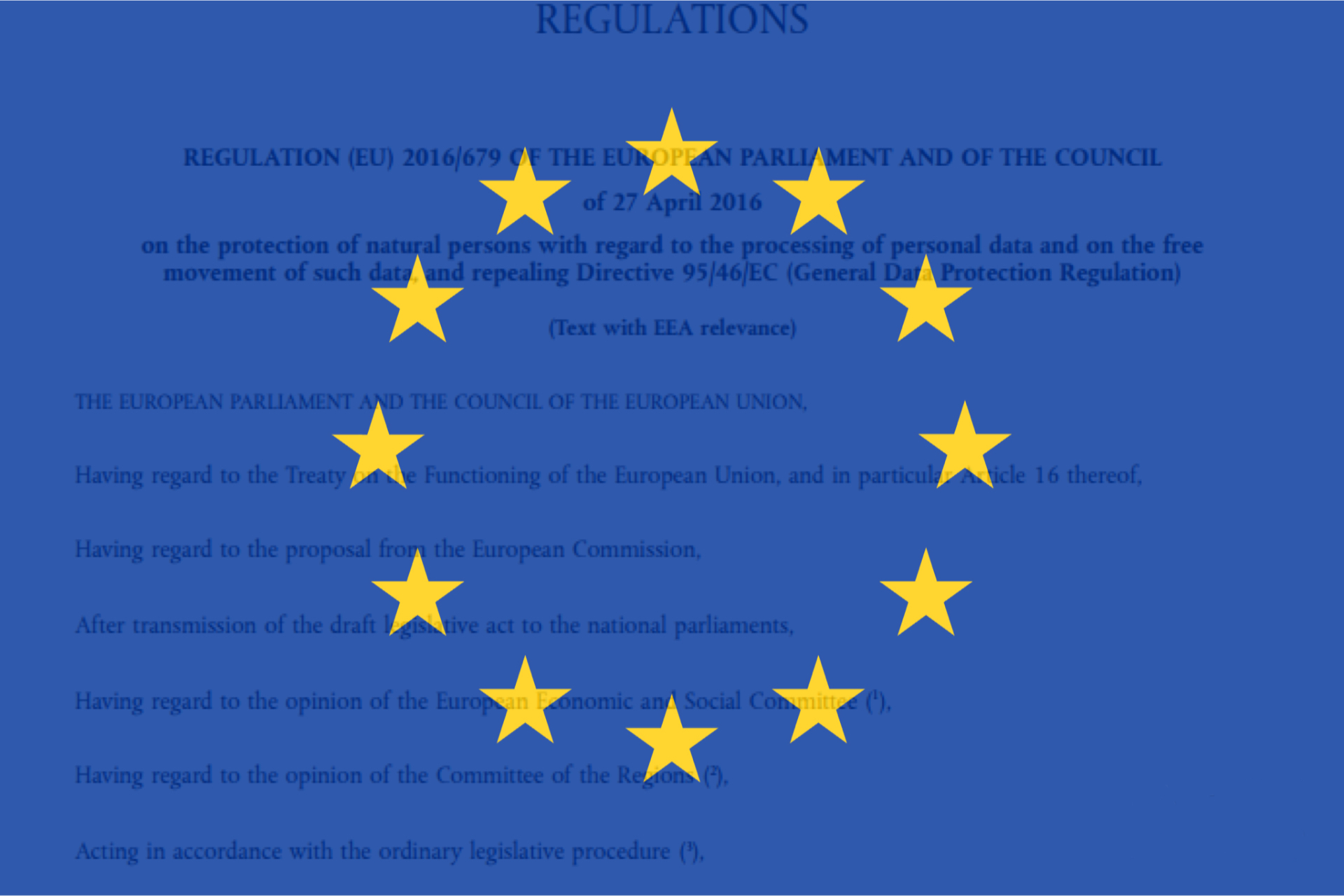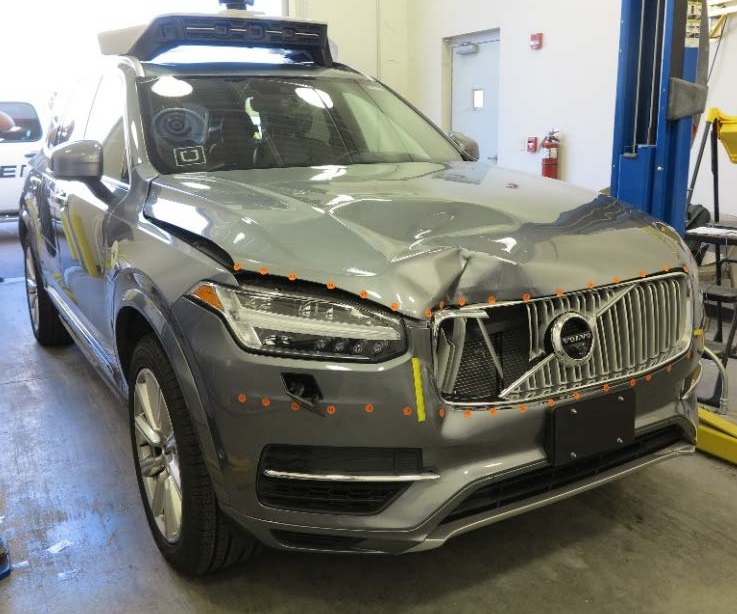The UK’s hopes of retaining an influential role for its data protection agency in shaping European Union regulations post-Brexit — including helping to set any new Europe-wide rules around artificial intelligence — look well and truly dashed.
In a speech at the weekend in front of the International Federation for European Law, the EU’s chief Brexit negotiator, Michel Barnier, shot down the notion of anything other than a so-called ‘adequacy decision’ being on the table for the UK after it exits the bloc.
If granted, an adequacy decision is an EU mechanism for enabling citizens’ personal data to more easily flow from the bloc to third countries — as the UK will be after Brexit.
Such decisions are only granted by the European Commission after a review of a third country’s privacy standards that’s intended to determine that they offer essentially equivalent protections as EU rules.
But the mechanism does not allow for the third country to be involved, in any shape or form, in discussions around forming and shaping the EU’s rules themselves. So, in the UK’s case, the country would be going from having a seat at the rule-making table to being shut out of the process entirely — at time when the EU is really setting the global agenda on digital regulations.
“The United Kingdom decided to leave our harmonised system of decision-making and enforcement. It must respect the fact that the European Union will continue to work on the basis of this system, which has allowed us to build a single market, and which allows us to deepen our single market in response to new challenges,” said Barnier in Lisbon on Saturday.
“And, as indicated in the European Council guidelines, the UK must understand that the only possibility for the EU to protect personal data is through an adequacy decision. It is one thing to be inside the Union, and another to be outside.”
“Brexit is not, and never will be, in the interest of EU businesses,” he added. “And it will especially run counter to the interests of our businesses if we abandon our decision-making autonomy. This autonomy allows us to set standards for the whole of the EU, but also to see these standards being replicated around the world. This is the normative power of the Union, or what is often called ‘the Brussels effect’.
“And we cannot, and will not, share this decision-making autonomy with a third country, including a former Member State who does not want to be part of the same legal ecosystem as us.”
Earlier this month the UK’s Information Commissioner, Elizabeth Denham, told MPs on the UK parliament’s committee for exiting the European Union that a bespoke data agreement that gave the ICO a continued role after Brexit would be a far superior option to an adequacy agreement — pointing out that the UK stands to lose influence at a time when the EU is setting global privacy standards via the General Data Protection Regulation (GDPR), which came into full force last Friday.
“At this time when the GDPR is in its infancy, participating in shaping and interpreting the law I think is really important. And the group of regulators that sit around the table at the EU are the most influential blocs of regulators — and if we’re outside of that group and we’re an observer we’re not going to have the kind of effect that we need to have with big tech companies. Because that’s all going to be decided by that group of regulators,” she warned.
“The European Data Protection Board will set the weather when it comes to standards for artificial intelligence, for technologies, for regulating big tech. So we will be a less influential regulator, we will continue to regulate the law and protect UK citizens as we do now, but we won’t be at the leading edge of interpreting the GDPR — and we won’t be bringing British values to that table if we’re not at the table.”
She also pointed out that without a bespoke arrangement to accommodate the ICO her office would also be shut out of participating in the GDPR’s one-stop shop, which allows EU data protection agencies to work together and co-ordinate regulatory actions, and which she said “would bring huge advantages to both sides and also to British businesses”.
Huge advantages that the UK stands to lose as a result of Brexit.
With the ICO being excluded from participating in GDPR’s one-stop shop mechanism, it also means UK businesses will have to choose an alternative data protection agency within the EU to act as their lead regulator after Brexit — putting yet another burden on startups as they will need to build new relationships with a regulator in the EU.
The Irish Data Protection Commission seems the likely candidate for UK companies to look to after Brexit, when the ICO is on the side lines of GDPR, given shared language and proximity. (And Ireland’s DPC has been ramping up its headcount in anticipation of handling more investigations as a result of the new regulation.)
But UK businesses would clearly prefer to be able to continue working with their domestic regulator. Unfortunately, though, Brexit closes the door on that option.
We’ve reached out to the ICO for comment and will update this story with any response.
The UK government has committed to aligning the country with GDPR regardless of Brexit — as it seeks to avoid the economic threat of EU-UK data flows being cut off if it’s not judged to be providing adequate data protection.
Looking ahead that also essentially means the UK will need to keep its regulatory regime aligned with the EU’s in perpetuity — or risk being deemed inadequate, with, once again, the risk of data flows being cut of (or at very least businesses scrambling to put in place alternative legal arrangements to authorize their data flows, and saddled with the expense of doing so, as happened when Safe Harbor was struck down in 2015).
So, thanks to Brexit, it will be the rest of Europe setting the agenda on regulating AI — with the UK bound to follow.





